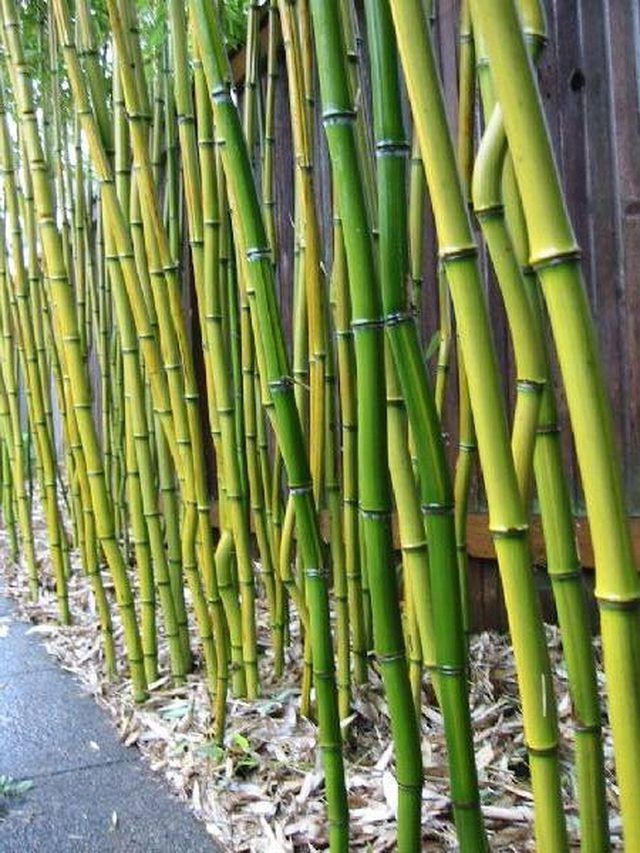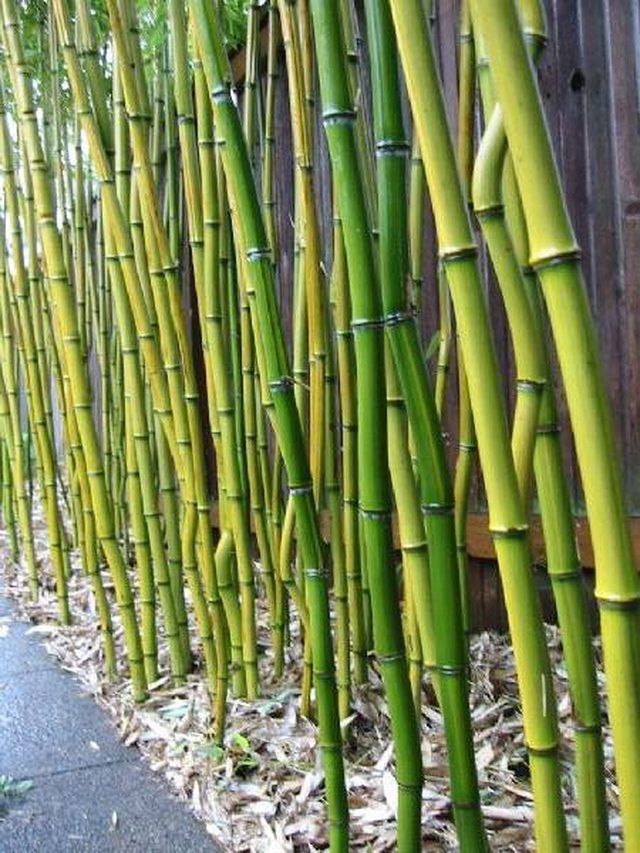Bulbs
Flower Basics
Flower Beds & Specialty Gardens
Flower Garden
Garden Furniture
Garden Gnomes
Garden Seeds
Garden Sheds
Garden Statues
Garden Tools & Supplies
Gardening Basics
Green & Organic
Groundcovers & Vines
Growing Annuals
Growing Basil
Growing Beans
Growing Berries
Growing Blueberries
Growing Cactus
Growing Corn
Growing Cotton
Growing Edibles
Growing Flowers
Growing Garlic
Growing Grapes
Growing Grass
Growing Herbs
Growing Jasmine
Growing Mint
Growing Mushrooms
Orchids
Growing Peanuts
Growing Perennials
Growing Plants
Growing Rosemary
Growing Roses
Growing Strawberries
Growing Sunflowers
Growing Thyme
Growing Tomatoes
Growing Tulips
Growing Vegetables
Herb Basics
Herb Garden
Indoor Growing
Landscaping Basics
Landscaping Patios
Landscaping Plants
Landscaping Shrubs
Landscaping Trees
Landscaping Walks & Pathways
Lawn Basics
Lawn Maintenance
Lawn Mowers
Lawn Ornaments
Lawn Planting
Lawn Tools
Outdoor Growing
Overall Landscape Planning
Pests, Weeds & Problems
Plant Basics
Rock Garden
Rose Garden
Shrubs
Soil
Specialty Gardens
Trees
Vegetable Garden
Yard Maintenance
Growing a Bamboo Fence
Growing a Bamboo Fence. There are two main varieties of bamboo, and both contain a large number of species within the variety. Running bamboo quickly grows tall and spreads underground and often into your neighbor's yard. Clumping bamboo tends to grow together, creating a dense thicket. To grow a bamboo fence, you will first need to choose a...

Overview

Clumping Bamboo
There are two main varieties of bamboo, and both contain a large number of species within the variety. Running bamboo quickly grows tall and spreads underground and often into your neighbor's yard. Clumping bamboo tends to grow together, creating a dense thicket. To grow a bamboo fence, you will first need to choose a variety of clumping bamboo.
To choose the proper clumping bamboo, you need to determine the best type of species for your climate. Clumping bamboos that do well in hot, humid climates include Calcutta Cane (Bambusa vulgaris) and Mei-nung (Dendrocalamus latiflorus). Clumping bamboos that thrive in temperate zones include Green Panda (Fargesia rufa), Dragon's Head (Fargesia dragocephala) and Umbrella (Fargesia murieliae).
Conditions
If possible, choose to plant your fence in an area that gets partial shade, since most clumping bamboo varieties do not tolerate full, hot sun very well. If you do have to plant in a full sun area, simply make sure the bamboo is well-irrigated. Bamboo likes moist but not soggy soil. It needs to be well-drained. In addition, bamboo does not do well in high-wind areas. It tends to lean or bow when pelted by wind and rain, so think about a way to shelter your bamboo from the wind if you live in a windy area. Finally, bamboo thrives best in a soil pH level of 6 to 7, so test your soil and adjust it before you plant your bamboo. You can buy soil testers and soil adjusting nutrients at any gardening or home center.
Planting
To plant your bamboo so that it will become a fence, space your plants accordingly. This will vary according to the growth rate of your bamboo. Even clumping bamboos vary widely in their rate of vertical and horizontal growth. Therefore, when you purchase your plant, be sure to ask an employee for how far apart to plant them or check the plant's label.
Plant bamboo in early spring. Dig a hole to a depth about an inch deeper than the height of the pot. Add some organic material, such as peat moss, and water thoroughly. Then, carefully remove the plant and place in the hole. Fill with soil, and add mulch around the base of the plant. Water again. Keep the soil moist, but not saturated. In about three years, your clumping bamboo should merge to form a nice fence.